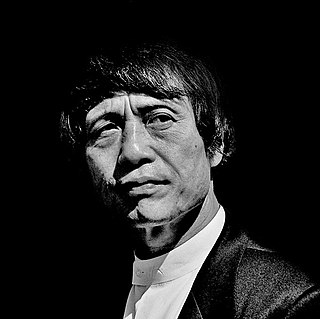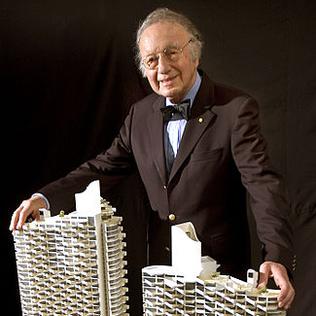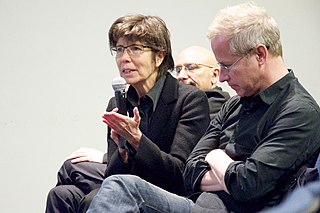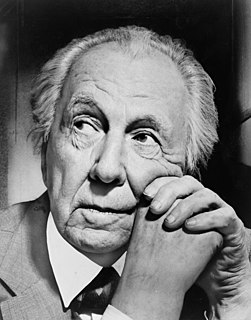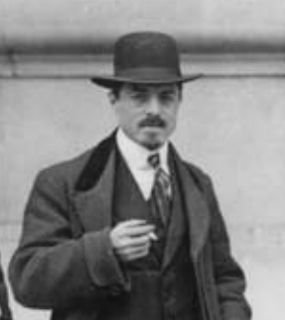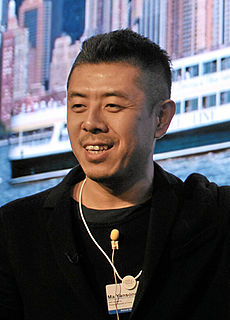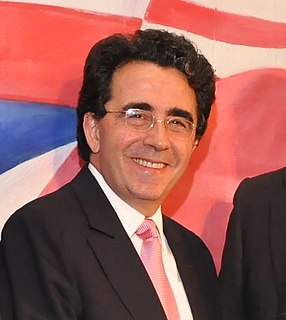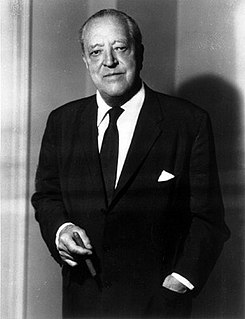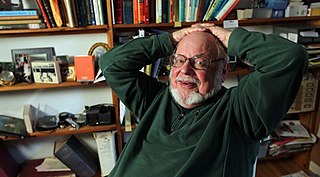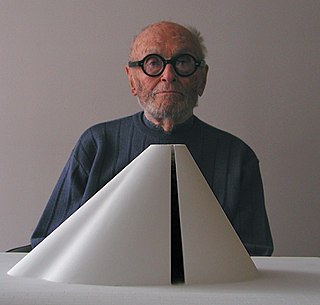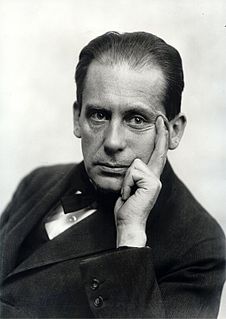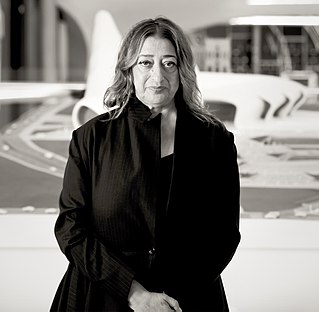A Quote by Tadao Ando
Japanese traditional architecture is created based on these conditions. This is the reason you have a very high degree of connection between the outside and inside in architecture.
Quote Topics
Related Quotes
I recently wrote a piece on comics in architecture - I was talking about the three kinds of comics I pay attention to: the Franco-Belgian, the Japanese manga, and the American comics. I started thinking about the relationship between Japanese manga and Japanese architecture, or Franco-Belgian bande dessinée versus Franco-Belgian architecture, it began to make sense; there are parallels to the modes of operations and the cultures they belong to. If I didn't force myself to write, I would have no forum to clarify these thoughts. Writing is really helpful.
Architecture is art. I don't think you should say that too much, but it is art. I mean, architecture is many, many things. Architecture is science, is technology, is geography, is typography, is anthropology, is sociology, is art, is history. You know all this comes together. Architecture is a kind of bouillabaisse, an incredible bouillabaisse. And, by the way, architecture is also a very polluted art in the sense that it's polluted by life, and by the complexity of things.
When we come to understand architecture as the essential nature of all harmonious structure we will see that it is the architecture of music that inspired Bach and Beethoven, the architecture of painting that is inspiring Picasso as it inspired Velasquez, that it is the architecture of life itself that is the inspiration of the great poets and philosophers.
When we talk of architecture, people usually think of something static; this is wrong. What we are thinking of is an architecture similar to the dynamic and musical architecture achieved by the Futurist musician Pratella. Architecture is found in the movement of colours, of smoke from a chimney and in metallic structures, when they are expressed in states of mind which are violent and chaotic.
